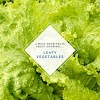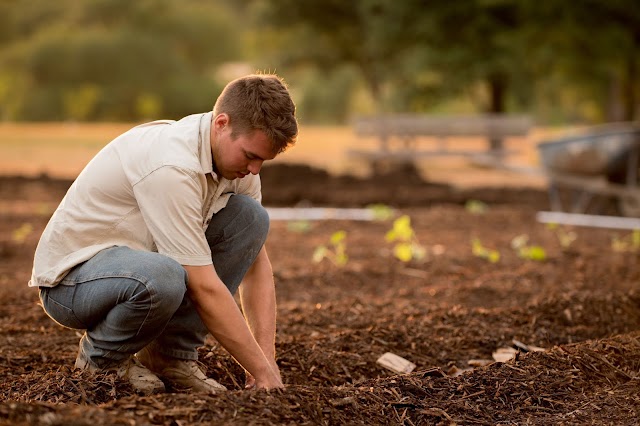ABOUT 'ANACRDIUM OCCIDENTALS' PLANT
Mangifera indica
FAMILY:- ANACRDIACEAE
BOTANICAL NAME:- Mangifera indica
VERNACULAR NAMES :
SINHALA : Amba
TAMIL : Adishelarayam, Ambiram, Amiram, Mampalam
ENGLISH : Mango
DESCRIPTION:
A large spreading tree, about 15-20 m in height with a rough grooved bark and glabrous stems and branches.
LEAVES:- Simple, alternate, crowded at the ends of branches, 12-40 cm long, 4.5-13 cm broad.
FLOWERS:- Small, yellowish green, polygamous, monoecious with a pungent odour arranged in large, many flowered, pubescent panicles longer than leaves, pedicles short, thick and jointed.
FRUIT:- A large fleshy resinous drupe, 7.5-20 cm long with a compressed,fibrous stone inside. Seeds large,exalbuminous, ovoid-oblong, compressed, testa papery with plano-convex, often unequal and lobed cotyledons (Jayaweera, 1981).
DISTRIBUTION :
It probably originated in the India-Burma region and grows wild in the forests of India. Mango has been cultivated in India over 4 thousand years and is probably one of the oldest cultivated fruits (Purseglove, 1980; Raketin and Durmanov, 1989; Bose and Mitra, 1990). According to Buddhist literature, Mango juice was offered to Lord Buddha 2500 years ago. Grows in the Himalayas, Sikkim, Khasia, along Western Ghats and Sri Lanka. In Sri Lanka it has a long history as it is grown as a cultivated plant in almost every village garden. According to Mahawamsa, mango occurred in Sri Lanka when Mahinda Thero came (In 307B.C) to Sri Lanka. In the history it is found that King Kassapa grew mango orchards in Sri Lanka (Siriweera, 1993). A large number of varieties are cultivated in Sri Lanka.
EDIBLE PARTS : The fruit.
FOOD USE : Riped fruit is one of the best fruits in the world. The less fibre, turpentine flavour free, rosy-yellow skinned varieties are considered the best in the world market. Mango is eaten fresh, used for preparation of jams, cordials, juice and fruit salads. Mango layers are prepared from juice of riped fruits. Unriped fruits are used in pickles, chutney and culinary preparations. They are also sliced, sun-dried and used in off seasons.
OTHER USES: The timber is used in many ways.
NUTRITIONAL AND THERAPEUTIC VALUE:
(100 gr of edible portion)
Moisture - 81.0 g,
Energy - 74 Kcal,
Protein - 0.6 g, Fat -0.4 g, Carbohydrates 16.9 g, Calcium - 14 mg,
Phosphorus - 16 mg, Iron - 1.3 mg,
Carotene - 2743 meg,
Thiamine-80 meg,
Riboflavin - 90 meg,
Niacin - 0.9 mg,
Vitamin C-16 mg. (Perera et al., 1979).
The leaves of this tree contain euxanthin acid, euxanthon, hippuric and benzoic acids, mangiferin and margin while the bark contains tannin and the exudation from it yields resin and gum. The fruits which are consumed contain saccharose,levulose, dextrose and citric, tartaric and malic acids in addition to vitamins A,B,C, ascorbic acid and carotene. The seeds possess a fixed oil with oleostearin, starch, gallic acid and tannin. The juice of the leaves of this tree is given for bleeding dysentery. While an infusion of the young leaves is prescribed for chronic diseases of the lungs, coughs, and asthma. An infusion or expressed juice of the bark is used in menorrhagia, leucorrhoea, bleeding piles and hemorrhages of the lungs and intestines. A cold infusion of the barks of Mangifera indica, Syzygium cumini and Terminalia arjuna with bees' honey is given for bleeding from internal organs. A decoction of the dry flowers is used with beneficial effects on diarrhoea, chronic dysentery and gleet (Jayaweera, 1981).
ENVIRONMENTAL RESPONSE:
It is well adopted to many types of soils. However deep well drained, sandy loams with a pH of 5.5-7.5 would be ideal for mangoes. Optimum temperature is 24-30°C while the required rainfall is 500-2500 mm.
CULTIVATION :
Mangoes are usually propagated by seed, but this is not recommended. It is preferable to produce planting stock by vegetative propagation of selected varieties. Germination takes about 20 days and is hastened by the removal of the fibrous seed husk.Seeds are planted at a depth of about 2 cm and seedlings reach a height of about 15 cm by 6-8 weeks. They are transplanted in the nursery, or in pots, when the first reddish leaves turn dark green and the cotyledons are still attached to the root collar. Selected mango cultivars are usually propagated by grafting, using various techniques of inarching, veneer and spile grafting, or budding into a seedling rootstock.
Planting - Planting holes 0.75 -1 m deep and wide should be prepared 6 months before planting with farmyard manure, wood ash and binomial mixed into the soil. Planting should take place with the onset of the rains. Young trees should be mulched, shaded and a weed-free circle maintained around each.
Spacing - Varies according to variety, vigor of trees and climate. Seedlings 10-12 m, grafted mangoes closer, 7 x 7 m.
Irrigation - Usually supplied during the first 4-5 years, but not always necessary where rainfall is greater than 700 mm/year and well distributed.
Fertilizer - Manuring is important during establishment. Nitrogen fertilizer applied to leave-bearing trees stimulates vegetative growth necessary for the next year's crop.
Time to harvest - seedling tress start to bear 4 -5 years after planting, with economic returns by the 8th year. Grafted trees start bearing in 3-4 years. From flower fertilization to fruit maturity takes 2-5 months, depending on cultivar and temperature. Harvested fruits are usually allowed to fall to the ground if too high to reach, but for marketing it must be carefully picked to avoid bruising. They are ready for harvesting when the ground colour of the area around the fruit stalk begins to change from green to yellow. They should be cut with scissors or a sharp knife, leaving a small stalk on the fruit.
STORAGE :
Riped fruits should be washed properly before storing. Fruits are plucked in mature stage for prolonged keeping. Riped fruits are used in the manufacture of jams, jellies, juices and sundries, mango layers etc. Mango slices and juices are canned. Salted sun-dried mango slices can be stored for a number of months in dry and dark places.








